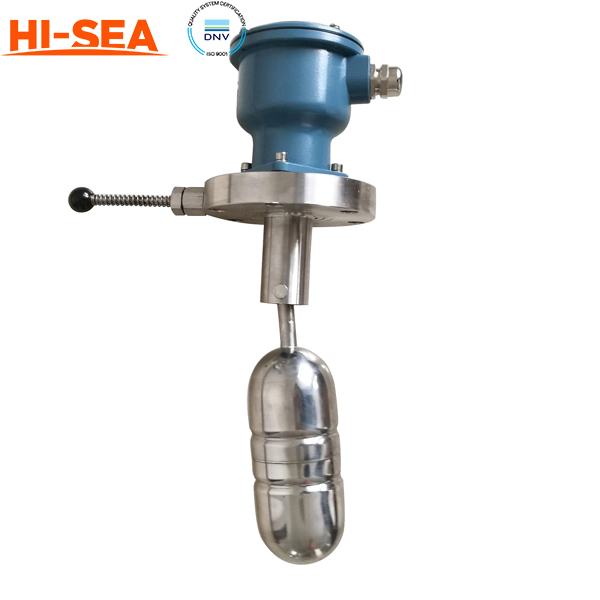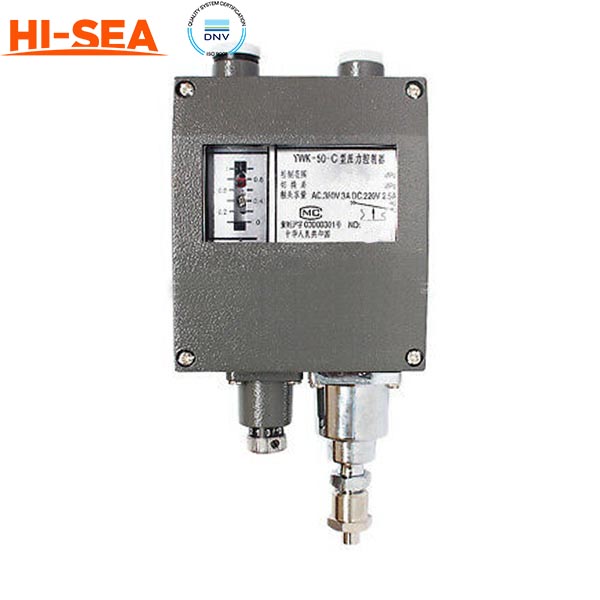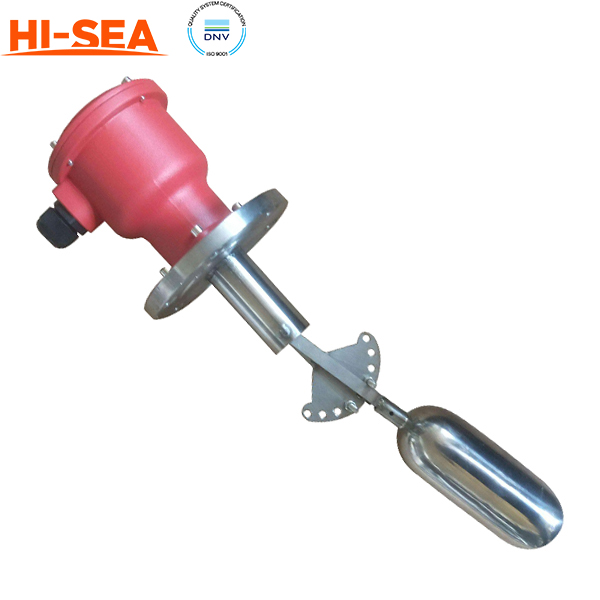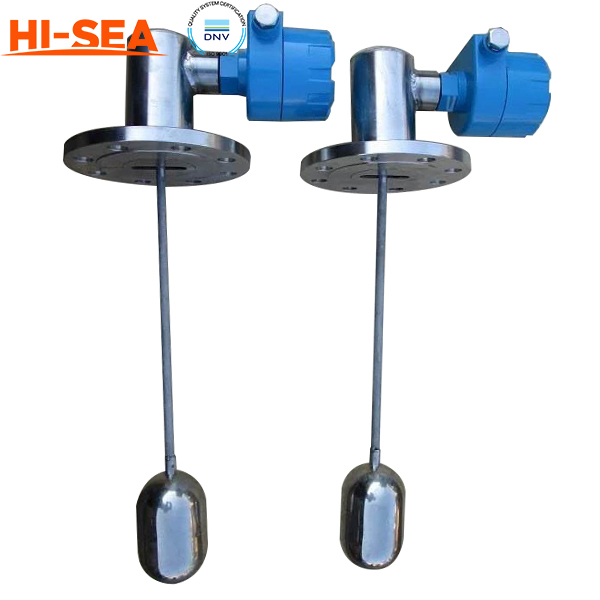MARINE & OFFSHORE EQUIPMENT
- Dredging Equipment
- Marine Deck Machinery
-
Marine Mooring Equipment
-
Marine Anchor
- AC-14 HHP Anchor
- Admiralty Anchor
- Beldt Stockless Anchor
- Bruce Anchor
- Spek Anchor
- Danforth HHP Anchor
- Delta High Holding Power Anchor
- GB11579-89 Light Weight Anchor
- Hall Anchor
- High Holding Power Mastrosov Anchor
- Hot Dip Galvanized Anchor
- Japan Stock Anchor
- JIS Stockless Anchor
- Pool Anchor
- Single Fluke Anchor
- Stainless Steel Anchor
- Stevpris MK5 Anchor
- Stingray Anchor
- US Navy Stockless Anchor
-
Marine Anchor Chain
-
Marine Shackle
- Kenter Shackle
- D Type Joining Shackle
- Pear Shaped Shackle
- Anchor Swivel Shackle Type A
- Anchor Swivel Shackle Type B
- Buoy Shackle Type A
- Buoy Shackle Type B
- C Type Detachable Connecting Link
- D Shackle
- Forelock Shackle
- Anchor Chain Swivel Group
- Straight Shackle
- Anchor Shackle
- Marine Triangle Plate
- Anchor Chain Swivel
- Anchor Chain Joining Shackle
- Anchor Chain End Shackle
- Slim Kenter Shackle
-
Chain Chaser
-
Marine Bollard
-
Marine Chock
-
Marine Fairlead
-
Marine Chain Stopper
-
Marine Mooring Reel
-
Marine Towing Bracket
-
Mooring Rope
-
Marine Towing Hook
-
Marine Shark Jaw
- Marine Fender
-
Marine Buoy
- Marine Floating Pontoon Dock
-
Marine Anchor
- Aquaculture Equipment
- Marine Outfitting Equipment
- Marine Propulsion System
-
Marine Painting
-
Marine Auxiliary Machinery
- Marine Air Compressor
- Marine Air Receiver
- Marine Sewage Treatment Plant
-
Marine Diesel Generator Set
- Marine Oil Water Separator
- Ballast Water Management System
- Marine Hydrophore
- Marine Calorifier
- Seawater Desalination Plant
-
Marine Oil Separator
- Marine Fuel Oil Supply Unit
- Marine Heat Exchanger
-
Marine Hot Well Unit
-
Marine Incinerator
-
Marine Boiler
-
Marine Valve
- JIS Marine Valve
- DIN Marine Valve
- ANSI Marine Valve
- GB Marine Valve
- CB Marine Valve
- CBM Marine Valve
-
Marine Gate Valve
-
Marine Globe Valve
-
Marine Angle Globe Valve
-
Marine SDNR Valve
-
Marine Angle SDNR Valve
-
Marine Check Valve
-
Marine Storm Valve
-
Marine Butterfly Valve
-
Marine Quick Closing Valve
-
Marine Fire Valve
-
Marine Self Closing Valve
- Marine Valve Accessories
-
Marine Pump
- Marine Centrifugal Pump
- Marine Screw Pump
-
Marine Gear Pump
-
Marine Vortex Pump
-
Marine Ejector Pump
-
Marine Diaphragm Pump
-
Marine Piston Pump
-
Marine Fire Pump
-
Marine Emergency Fire Pump
-
Marine External Fire Pump
-
Marine Ballast Water Pump
-
Marine Fuel Pump
-
Marine Lubricating Oil Pump
-
Marine Bilge Pump
-
Marine Sewage Pump
-
Marine Domestic Water Pump
-
Marine General Pump
-
Marine Cargo Oil Pump
-
Marine Hand Pump
- Marine Pump Parts
- Marine Life-saving Equipment
- Fire-fighting Equipment
- Marine Cable
- Marine Electrical Equipment
- Marine HVAC
-
Labour Protection Appliance
- Marine Decorative Material
-
Marine Anode
- Marine Pipe Fitting & Flange
- Marine Instrument
- Ship Building Equipment
INDUSTRY EQUIPMENT
- Hoisting Equipment
- Welding Machine & Material
-
Cutting Machine
- Container Securing Fitting
- Link Chain
- Container & Storage Equipment
-
Diesel Generator Set
- Other Equipment and Tools
- Petrochemical Equipment
- Fiber Reinforced Plastics
- Polymer Materials
- Environmental Protection Series
- Geo-products and Building Materials
- Metal Mesh
- Steel Grating
-
Earthwork Teeth
-
Turnbuckle
STOCK LIST
Contacts
 Tel:+86-23-67956606
Tel:+86-23-67956606
 FAX:+86-23-67956622
FAX:+86-23-67956622
 Email:manager@cqhisea.com
Email:manager@cqhisea.com
Working Time: 9:00--17:00
Working Day: Monday to Friday Website: www.cqhisea.com

Float level Switch

Float level Switch
General:
A float level switch is a device used to detect the liquid level in a tank or vessel. It consists of a float, typically made of a buoyant material such as plastic or stainless steel, and a switch mechanism. The float is designed to float on the liquid surface, and as the liquid level changes, the float rises or falls accordingly.
The switch mechanism is typically housed within a tube or enclosure attached to the float. It contains electrical contacts or a magnet that actuates the switch based on the position of the float. When the float reaches a predetermined level, it triggers the switch to either open or close an electrical circuit, depending on the specific design and application.
Float level switches are commonly used in industrial and commercial settings for various purposes, such as liquid level control, pump control, and alarm systems. They are often employed in applications involving liquid storage tanks, sumps, and other containers where monitoring and controlling the liquid level is critical.
These switches are available in different configurations to suit specific needs. Some common types of float level switches include:
1. Vertical Float Switches: These switches have a float that moves vertically along a guide tube. The switch is activated when the float reaches a particular level.
2. Horizontal Float Switches: In these switches, the float moves horizontally as the liquid level changes. They are often used in limited vertical space applications.
3. Tilt Float Switches: These switches use a tilting mechanism, where the float tilts as the liquid level changes. The tilting action triggers the switch to activate.
4. Magnetic Float Switches: These switches use a magnet inside the float and magnetic sensors in the switch mechanism. The magnet's position determines the switch state.
Float level switches offer several advantages, including simplicity, reliability, and cost-effectiveness. They are relatively easy to install and require minimal maintenance. However, they may have limitations in applications where there are turbulent liquids, high temperatures, or corrosive environments.
When selecting a float level switch, it's important to consider factors such as the type of liquid, the required switching accuracy, the operating conditions, and any specific industry or regulatory requirements.
Technical Parameter:
|
Model |
Model type |
Working pressure |
Working temperature |
Float diameter |
Material |
||
|
|
|
|
|
|
Float |
Flange |
Shield housing |
|
UQK-01-C |
Side-mounting basic type |
1MPa |
150℃ |
Φ56 |
SUS304 |
SUS304 |
ZL102 |
|
UQK-01L-C |
Side-mounting extension type |
1MPa |
150℃ |
Φ56 |
SUS304 |
SUS304 |
ZL102 |
|
UQK-01Y-C |
Side-mounting different type |
1MPa |
150℃ |
Φ56 |
SUS304 |
SUS304 |
ZL102 |
|
UQK-02-C |
Side-mounting large type |
1MPa |
150℃ |
Φ56 |
SUS304 |
SUS304 |
ZL102 |
|
UQK-03-C |
Top mounting |
1MPa |
150℃ |
Φ56 |
SUS304 |
SUS304 |
ZL102 |
|
UQK-03W-C |
Top mounting bend pole type |
1MPa |
150℃ |
Φ56 |
SUS304 |
SUS304 |
ZL102 |
|
UQK-□-C-□-F |
Anti-corrosive type |
1MPa |
150℃ |
Φ56 |
SUS304 |
SUS304 |
ZL102 |
|
UQK-□-C-F |
Exponsion-proof type |
Explosion-poof type: Exd II CT3-T6 Intrnsically sate type: with safety barier Exia II CT3-T6 |
|||||
Drawing:






